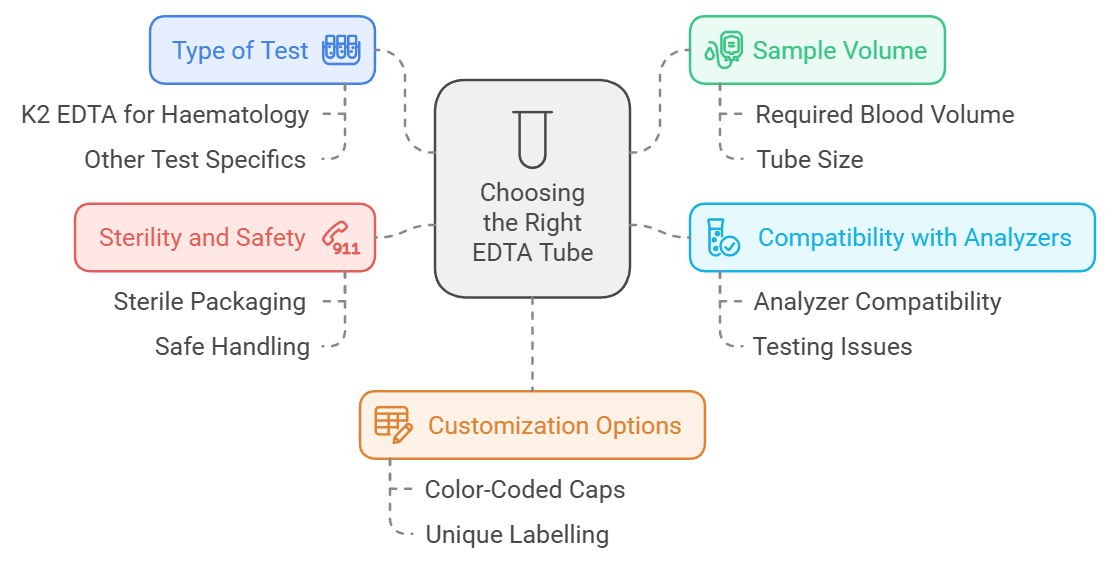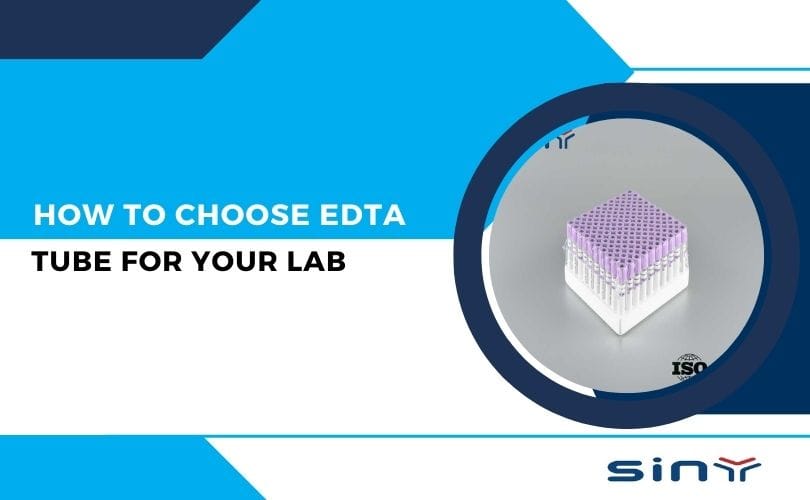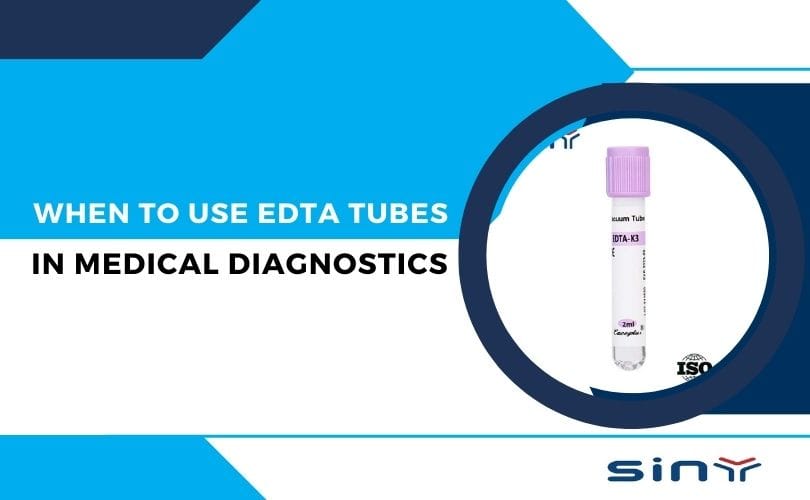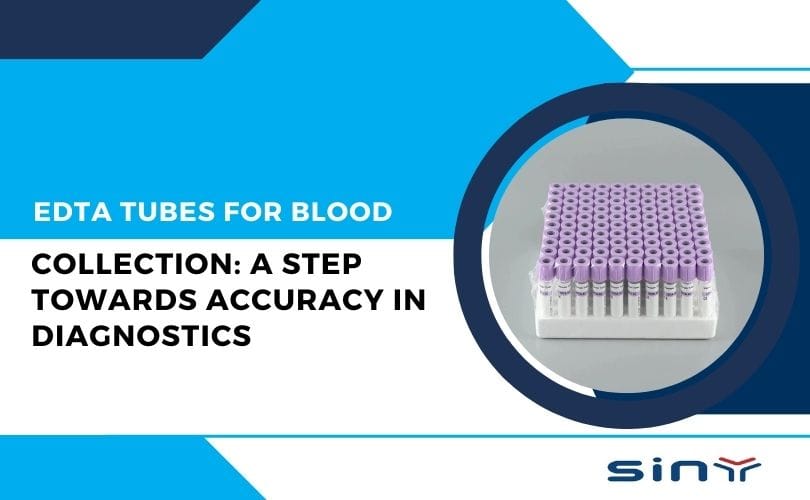EDTA Tube for Your Lab are specialized blood collection containers that contain ethylenediaminetetraacetic acid (EDTA), a potent anticoagulant. These tubes play a crucial role in the collection and preservation of blood samples, ensuring that they remain uncontaminated and suitable for accurate testing. The primary function of EDTA is to bind calcium ions in the blood, which are essential for the coagulation process. By preventing clotting, EDTA tubes allow for reliable haematological testing and analysis.
What Is an EDTA TubEDTA Tube for Your Labe and Why Is It Important?
An EDTA (Ethylenediaminetetraacetic Acid) tube is a blood collection tube commonly used in clinical labs. It contains EDTA as an anticoagulant, which prevents blood samples from clotting, making it easier to analyze components like red blood cells, white blood cells, and platelets.
Key purposes of EDTA tubes include:
- Hematology Testing: Ideal for complete blood counts (CBC) and blood smears.
- DNA/RNA Analysis: Ensures the preservation of nucleic acids for genetic testing.
- Blood Banking: Used in cross-matching and blood typing.
The right EDTA tube ensures accurate test results and reduces the risk of sample contamination or degradation.
Choosing the Right EDTA Tube
Selecting the appropriate EDTA tube for your labs involves considering several factors:
- Type of Test: Different tests may require specific types of EDTA tubes. For example, K2 EDTA tubes are typically used for routine haematology tests.
- Sample Volume: Ensure that the tube size matches the volume of blood required for the tests you will be conducting.
- Compatibility with Analyzers: Check if the tube is compatible with the laboratory analyzers you use to avoid any issues during testing.
- Sterility and Safety: Look for tubes that come in sterile packaging to ensure safe handling and minimize contamination risks.
- Customization Options: Some manufacturers offer customization options, such as colour-coded caps or unique labelling, which can enhance workflow efficiency.

Best Practices for Using EDTA Tubes
Once you’ve chosen the right tube, proper handling is equally important. Here are a few tips:
- Follow the Order of Draw: To avoid cross-contamination, EDTA tubes should be drawn after non-additive tubes and before fluoride tubes.
- Mix Gently: After collection, invert the tube 8-10 times to mix the blood with the anticoagulant.
- Store Appropriately: Store at recommended temperatures and avoid prolonged exposure to extreme heat or cold.
- Label Clearly: Always label tubes immediately after collection to prevent mix-ups.
The Role of Siny Medical in Providing EDTA Tubes
Siny Medical is a trusted supplier of high-quality EDTA Tube for Your Lab designed to meet global standards. With over 20 years of experience in manufacturing medical products, Siny Medical EDTA tubes offers a range of customization options tailored to laboratory needs. Their commitment to quality ensures that labs receive reliable products that enhance testing accuracy.
Wrapping Up
FAQs EDTA Tubes
What happens if I use the wrong EDTA tube?
Using the wrong EDTA tube can lead to inaccurate test results, sample degradation, or even test failure, which can compromise diagnostic accuracy.
Can I reuse EDTA tubes?
No. EDTA tubes are single-use only and should be disposed of according to lab safety protocols after use.
How long can blood samples stay in an EDTA tube?
Blood samples in EDTA tubes can typically be stored for up to 24 hours at room temperature, but refrigeration may extend this timeframe for certain tests.
What’s the difference between purple-top and pink-top EDTA tubes?
While both contain EDTA, purple cap blood collection tubes are for general hematology, while pink-top tubes are specifically for blood banking.







